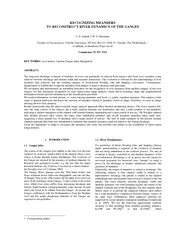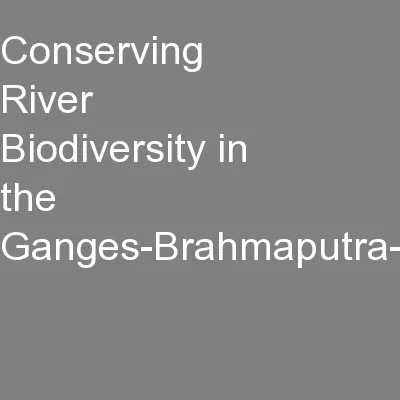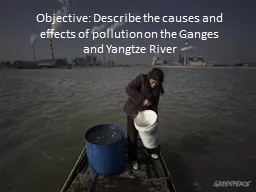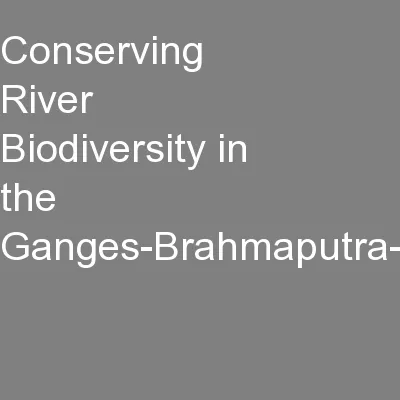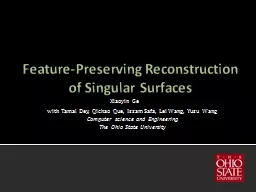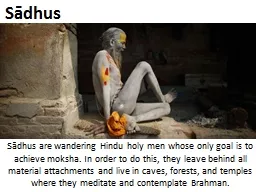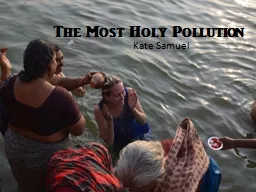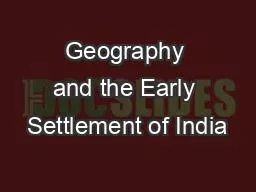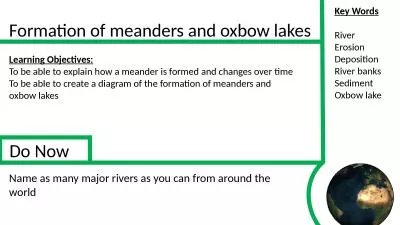PDF-RECOGNIZING MEANDERS TO RECONSTRUCT RIVER DYNAMICS OF THE GANGES E. A
Author : myesha-ticknor | Published Date : 2015-07-26
meander wavelength Wchannel width and Qflow discharge In the process of meander formation and displacement neck cutoffs take place so that meander bends are abandoned
Presentation Embed Code
Download Presentation
Download Presentation The PPT/PDF document "RECOGNIZING MEANDERS TO RECONSTRUCT RIV..." is the property of its rightful owner. Permission is granted to download and print the materials on this website for personal, non-commercial use only, and to display it on your personal computer provided you do not modify the materials and that you retain all copyright notices contained in the materials. By downloading content from our website, you accept the terms of this agreement.
RECOGNIZING MEANDERS TO RECONSTRUCT RIVER DYNAMICS OF THE GANGES E. A: Transcript
Download Rules Of Document
"RECOGNIZING MEANDERS TO RECONSTRUCT RIVER DYNAMICS OF THE GANGES E. A"The content belongs to its owner. You may download and print it for personal use, without modification, and keep all copyright notices. By downloading, you agree to these terms.
Related Documents

